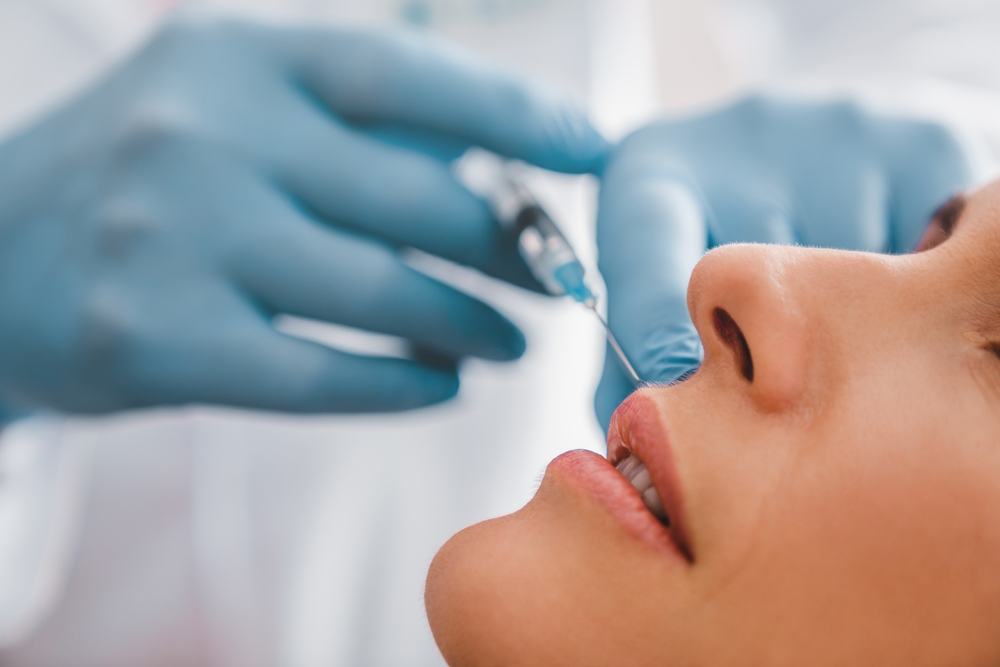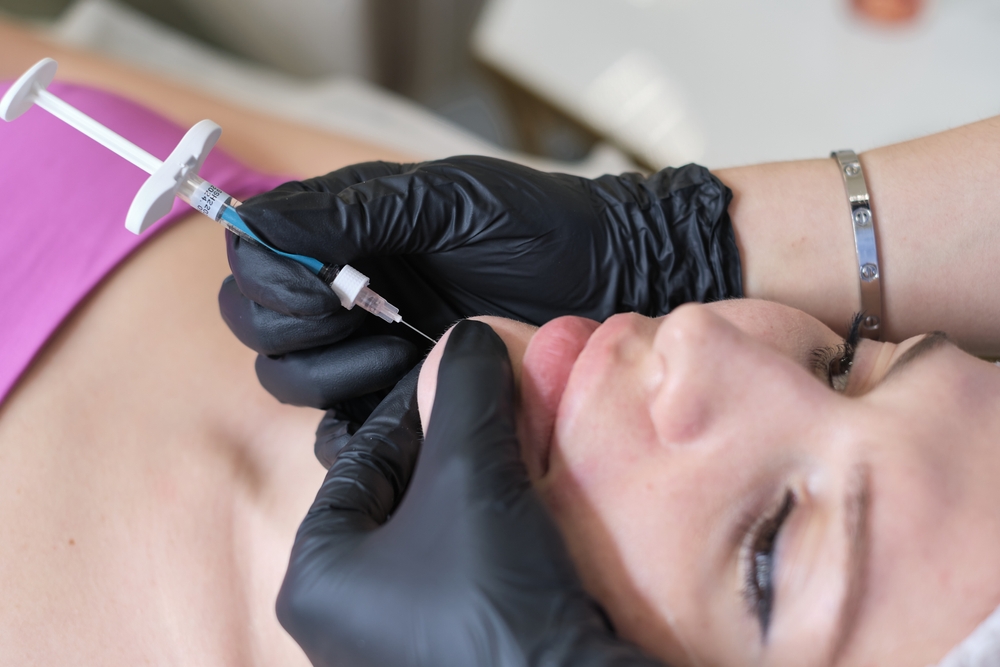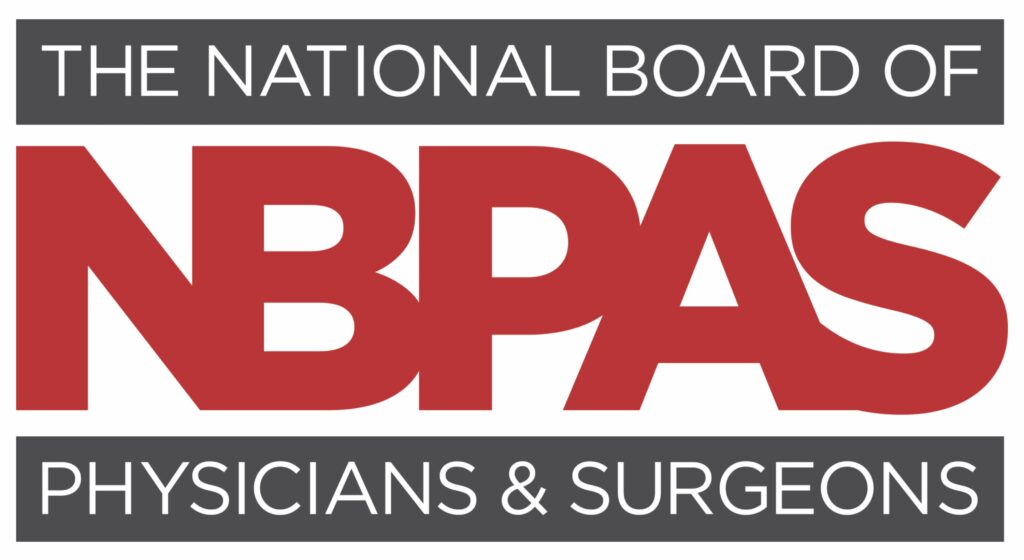
The world of non-surgical cosmetic treatments is filled with many options to alleviate cosmetic concerns on the face. Cosmetic injectables are one treatment option available to patients who want to address problems like wrinkles, skin laxity, and the loss of collagen.
Two options in the cosmetic injectables space are dermal fillers and neuromodulators. Each type of injectable offers its own advantages and disadvantages, and it’s important to know the difference between them to know what is right for you.
What Are Fillers?
As you age, the natural collagen in your skin breaks down, diminishing facial elasticity and volume, leading to folds, wrinkles, and skin laxity. Dermal fillers are an option for those looking to enhance facial features for a more youthful and fresh appearance.
Dermal fillers work by filling depressions in the skin’s surface from beneath. The filler is injected directly below the wrinkle or area that has experienced a decrease in volume. It then “fills” the space, pushing the skin upward.
There are different types of dermal fillers, each with unique characteristics. Fillers are typically characterized by either being “natural” or “synthetic,” which basically comes down to what the filler is made from and, therefore, what is being injected into the skin.
Natural fillers are primarily comprised of hyaluronic acid, which is a naturally occurring substance that keeps skin hydrated. Natural filler options generally include:
- Juvéderm®: This filler is ideal for moderate to severe wrinkles located around the mouth and nose. It can also be used for lip augmentation.
- Restylane®: There are different varieties of Restylane that are used depending on the patient’s wants and needs.
- Lyft: This filler can treat wrinkles around the mouth, cheeks, and chin, with results lasting six to eight months.
- Silk: This filler is designed to treat the lip and mouth area, including lost shape, vertical lip lines, or general lip thinning.
- Refyne and Defyne: Both of these fillers soften laugh lines, restoring a more youthful, natural-looking appearance. Refyne specifically can also correct undereye dark circles.
- Kysse: This filler adds fullness to lips and can smooth upper lip wrinkles.
- Contour: This filler gives cheeks fullness and can restore natural cheek contour.
On the other hand, synthetic fillers are made from synthetic materials, such as poly-L-lactic acid, calcium, or even silicone.
- Radiesse®: This is a common synthetic filler that can treat moderate to severe wrinkles and volume loss. It can also smooth necklines, improving skin tone and texture.
- RHA Collection: The Resilient Hyaluronic Acid Collection of fillers targets dynamic wrinkles and folds, offering natural-looking results for up to 15 months. RHA fillers work by mimicking your skin’s natural hyaluronic acid.
Results from dermal fillers can last anywhere from a few months up to several years, depending on the type of filler used.
What Are Neuromodulators?
Unlike fillers, neuromodulators relax the facial muscles. By stopping the muscles from contracting, wrinkles from repetitive behaviors like smiling, frowning, and squinting that form as you age are smoothed out.
Neuromodulators are also great for:
- Preventing future wrinkles from forming
- Lifting brows
- Improving teeth clenching and grinding
- Smoothing cobblestone/golf ball chin
- Reducing hyperhidrosis (underarm sweat)
- Improving jawline and neckline definition
- Enhancing lip fullness
The three most common types of neuromodulators are Botox®, Dysport® and Daxxify®.
- Botox: While Botox has many common myths, it can actually be an effective way to not only treat wrinkles and facial imperfections, but also certain medical conditions. This may include chronic migraines, excessive sweating, muscle spasms, and more.
- Dysport: This neuromodulator is great for reducing fine lines and wrinkles. Compared to other neuromodulators, Dysport typically has a faster onset, with improvements showing in as little as two to three days.
- Daxxify: Compared to others, this neuromodulator has a longer-lasting effect, with results lasting up to six to nine months.

Fillers vs. Neuromodulators: What’s the Difference?
While fillers and neuromodulators target many of the same facial features and imperfections, there are differences between the two.
One difference between fillers and neuromodulators is how they target and improve certain facial features. Fillers support these features by “filling” the skin, thereby reducing deep wrinkles, facial folds, and skin laxity. On the other hand, neuromodulators weaken muscle contractions that create wrinkles, interrupting the signal between the nerve and the muscle and causing it to relax.
Fillers and neuromodulators also differ in the type of facial imperfections they treat. For example, fillers are typically used for loss of elasticity and deep wrinkles that appear over time due to aging and a loss of collagen. Neuromodulators, on the other hand, treat wrinkles that appear due to repetitive movements of the face, such as smiling, frowning, and squinting.
How to Choose the Right Option for You
Choosing between fillers vs. neuromodulators really comes down to your wants and needs. It’s important to discuss the origin of facial imperfections like wrinkles with your provider to determine which solution is best for you and will address your concerns.
Mirabile M.D. provides MedCosmetic services, including dermal fillers and neuromodulators. Contact us today to schedule an appointment with our providers.

